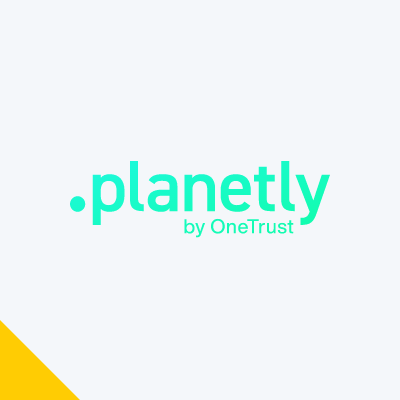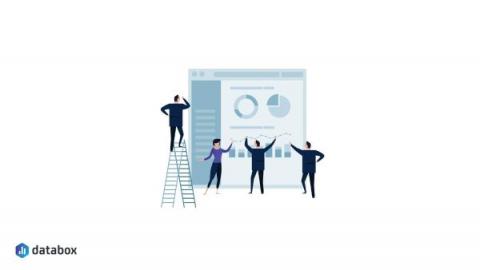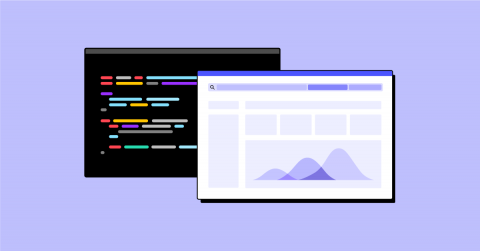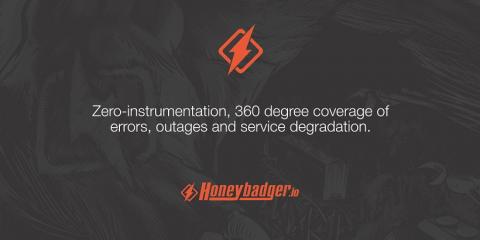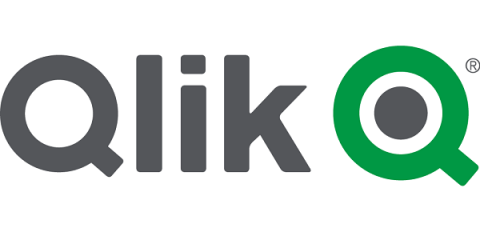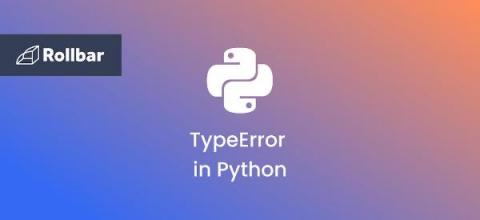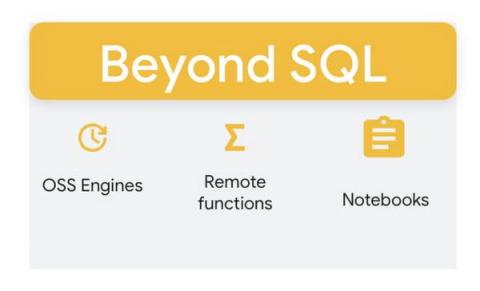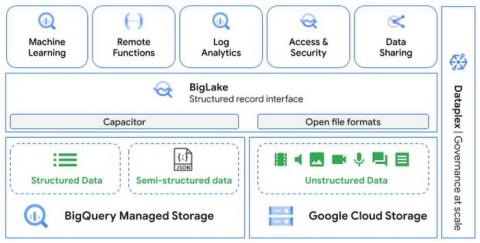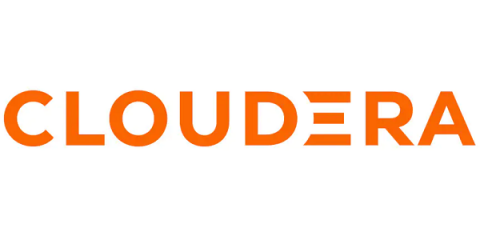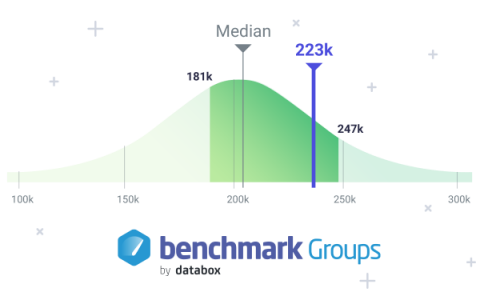Systems | Development | Analytics | API | Testing
Latest Posts
Google Analytics 4 Metrics Tutorial: Everything You Need to Know Before You Transition to the New Platform
Build data apps with Streamlit + ThoughtSpot APIs
I’ve been following the Streamlit framework for a while, since Snowflake announced that they would acquire it to enable data engineers to quick spin up data apps. I decided to play around with it and see how we could leverage the speed of creating an app along with the benefits that ThoughtSpot provides, especially around the ability to use NLP for search terms. Streamlit is built in Python.
How to Dockerize a Django and React Application
Docker offers many benefits, but it can be tricky to get started—especially when you need to deploy several components. In this article, Muhammed Ali shows how to use Docker and Docker Compose to containerize an application built with Django and React.
Using RevOps to Drive Business Value in a Complex Economic Environment
Today's increasingly complex and unstable world, together with a continued focus from senior leaders on improving growth, use of technology and addressing workforce issues, means that many savvy organizations are looking towards Revenue Operations
How to Fix TypeError in Python: NoneType Object Is Not Iterable
The Python TypeError: NoneType Object Is Not Iterable is an exception that occurs when trying to iterate over a None value. Since in Python, only objects with a value can be iterated over, iterating over a None object raises the TypeError: NoneType Object Is Not Iterable exception.
Build limitless workloads on BigQuery: New features beyond SQL
Our mission at Google Cloud is to help our customers fuel data driven transformations. As a step towards this, BigQuery is removing its limit as a SQL-only interface and providing new developer extensions for workloads that require programming beyond SQL. These flexible programming extensions are all offered without the limitations of running virtual servers.
Unlocking the value of unstructured data at scale using BigQuery ML and object tables
Most commonly, data teams have worked with structured data. Unstructured data, which includes images, documents, and videos, will account for up to 80 percent of data by 2025. However, organizations currently use only a small percentage of this data to derive useful insights. One of main ways to extract value from unstructured data is by applying ML to the data.
Cybersecurity: A Big Data Problem
Information technology has been at the heart of governments around the world, enabling them to deliver vital citizen services, such as healthcare, transportation, employment, and national security. All of these functions rest on technology and share a valuable commodity: data. Data is produced and consumed in ever-increasing amounts and therefore must be protected. After all, we believe everything that we see on our computer screens to be true, don’t we?


